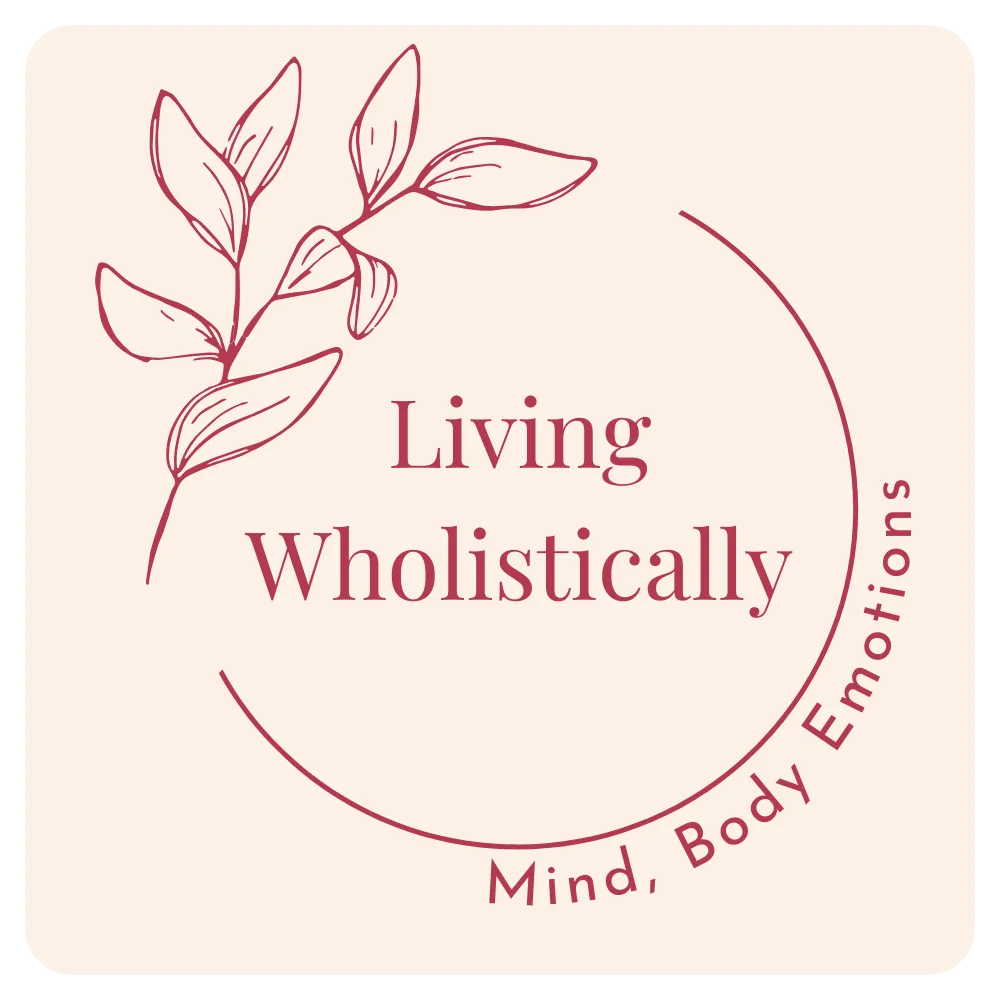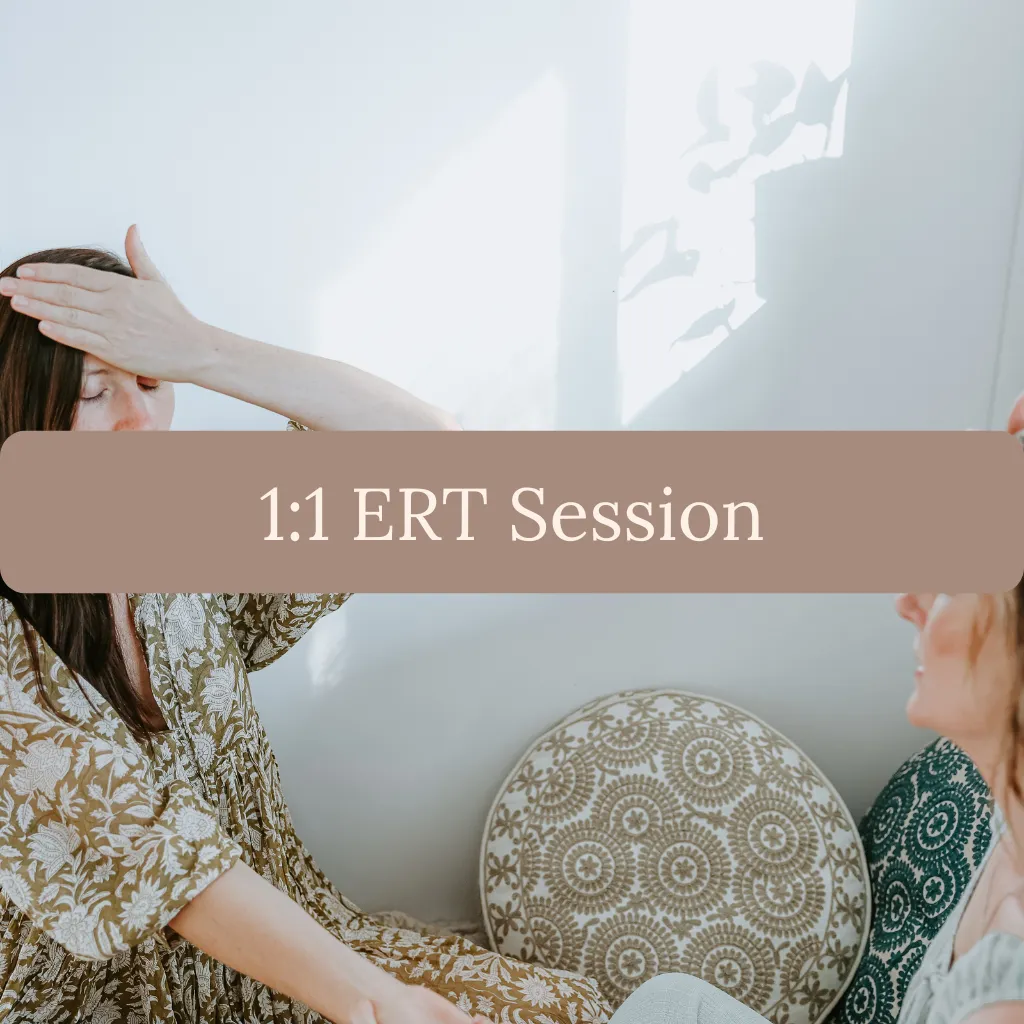Safe Trauma Release: How ERT Supports Healing Without Re-Trauma
Originally published: 29 November 2023 | Last updated: 7 June 2025
Trauma has become a buzzword in the wellness space—and for good reason. We're finally beginning to understand how deeply trauma impacts not just mental health, but physical wellbeing too.
But here’s the catch: as awareness grows, so too does the need for more understanding around non-triggering support for processing trauma safely.
Why We Need to Talk About Trauma
We now know that mental health and physical health are inseparable. Trauma can impact everything from digestion and hormones to immunity and chronic pain. Yet, many people walk through life unaware that trauma is even affecting them—because trauma isn’t about the event itself. It’s about how your body responded to the experience at the time.
For some, that experience might be a major life event. For others, it might be something that seems ‘small’ from the outside but registered as a threat to their nervous system in the moment—being yelled at, feeling unseen, being left out, or living through constant stress.
The truth? Far more people are living with unprocessed trauma than we realise. And most don’t have the tools or support to process it safely.
The Physical Symptoms of Unresolved Trauma
Trauma isn't just “in your head.” It lives in your body. And because the nervous system is so intimately involved in keeping you safe, unprocessed trauma can affect nearly every system in the body.
Some common physical symptoms include:
Chronic stress: tight muscles, shallow breathing, racing heart
Persistent pain: migraines, tension, back pain
Digestive issues: IBS, nausea, appetite changes
Hormonal disruptions: PMS, endometriosis, irregular cycles
Immune dysfunction: frequent illness, allergies, inflammation
Sleep problems: nightmares, insomnia, night sweats
Cardiovascular stress: elevated blood pressure or heart palpitations
Mood and behavioural issues: anxiety, depression, addictions, burnout
And for mothers especially, trauma can compound into everyday emotional struggles—mum guilt, rage, shutdown, overwhelm, hopelessness, and the invisible mental load that feels too heavy to carry.
The Problem with Trauma Support in Australia
Unfortunately, despite the growing demand, mental health support just isn’t accessible enough. Waiting lists for psychologists are long. Costs can be prohibitive. And for many people, talk therapy—while valuable—can feel re-traumatising or just too overwhelming to begin.
In fact, a 2022 survey found that 88% of psychologists reported increased demand, but 1 in 3 were unable to see new clients. That’s a staggering jump from just 1 in 100 before the pandemic.
So where does that leave women who are holding trauma but don’t feel safe or supported enough to start traditional therapy?
That’s where ERT has changed everything for my clients.
Let’s Redefine Trauma: What It Actually Means
One of the biggest blocks to healing is that many people don’t even resonate with the word trauma.
They hear it and think: “That’s not me. I haven’t been abused. I didn’t go through a war. My life’s been fine.”
And so they move on. Still feeling anxious, overwhelmed, stuck, or exhausted—but not recognising that these are symptoms of unresolved emotional stress.
The reality is: trauma is not about what happened to you. It’s about what happened inside of you as a result.
That’s how Dr Gabor Maté explains it. In his view, trauma isn’t the event—it’s the emotional wound that forms in response to something your nervous system perceived as too much, too fast, or not enough support at the time. It’s what you had to suppress, disconnect from, or cope with in order to survive that moment.
Gabor Maté also explains the difference in trauma types by using terms like “Big T Trauma” (for things like abuse or loss) and “little t trauma” (for things like rejection, shame, or childhood experiences that shaped how you see yourself). But in my work, I tend not to use those labels as I still find my clients do not resonate with the word and shy away from the healing they need if they hear it.
Instead, I use terms like:
Stuck emotions
Unhelpful programming
Subconscious beliefs
Core wounds or emotional imprints
Because whether it’s big or small, conscious or buried, recent or decades old—if your nervous system is still holding onto the emotional charge, it matters. And it can affect everything from your health to your relationships, your ability to rest, your self-worth, and your physical wellbeing.
So if you’ve ever felt like your pain wasn’t “bad enough” to count… please know: if it’s in your body, it’s valid.
How ERT Supports Trauma Healing
Emotion Release Technique (ERT) is a non-verbal modality that clears emotional stress and trauma from the nervous system—without needing to talk about the trauma itself.
Let me say that again: You do not have to talk through the trauma for it to be processed.
That’s what makes this method so safe and accessible for women who are exhausted, overwhelmed, and carrying more than they can hold.
Here’s what we do instead:
Use gentle muscle testing to identify emotional stress held in the nervous system.
Trace the specific pattern, belief, or fear contributing to that stress.
Clear the emotion using EFT-style touchpoints and guided sentences.
Confirm the shift and allow the body to integrate the safety signal.
Because we’re working at the level of the subconscious and nervous system, you don’t need to relive painful memories to heal. And that’s a relief for so many women who’ve already lived through more than enough.
ERT is Not a Replacement—But It’s a Powerful Piece
While ERT might not replace psychological therapy or medical support for some, it can be an incredibly powerful adjunct. It fills a gap—especially for women who:
Can’t access traditional mental health care right now
Feel too triggered or overwhelmed by talk-based methods
Want to feel emotionally lighter without needing to explain it all
Are looking for a body-based method that’s trauma-informed and intuitive
Healing doesn’t have to mean telling your story over and over. Sometimes, it’s about letting your body tell you what it’s been holding—and giving it the space to release.

A Safe Way to Reclaim Your Emotional Wellbeing
If you’re feeling like your body and emotions are carrying more than they should, you’re not alone. You don’t have to wait until you fall apart to seek support. ERT allows us to gently, safely, and powerfully shift the emotional patterns keeping you stuck—so you can move forward with more peace, freedom, and resilience.
And if you’re already working with a practitioner or therapist, ERT can be a beautiful complementary tool that helps your body integrate the work you're doing on a deeper level.
If trauma or emotional stress is weighing on you—or if you’re experiencing chronic physical symptoms that nothing seems to shift—ERT might be the missing link. Book a 1:1 session with me and experience the relief of emotional release without having to push through more talking, more effort, or more overwhelm.
You deserve to feel safe in your body again. Let’s begin there.




